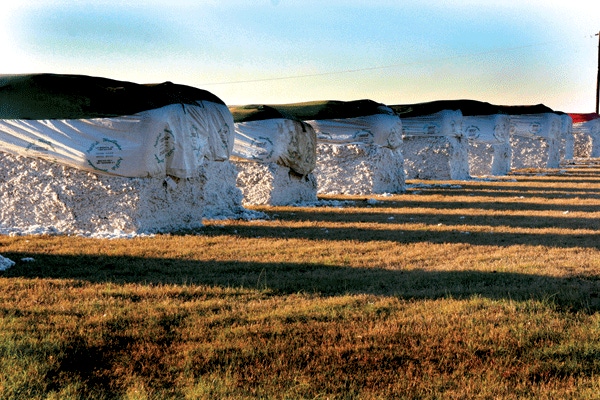
In the past decade, about one-third of the staff at the Stoneville, Miss., USDA/ARS Cotton Ginning Laboratory has been lost as a result of funding shortfalls. “Our funding has been basically flat for quite a while,” Rick Byler, director of the lab, said at the annual meeting of the Delta Council/Southern Cotton Ginners Association Ginning and Cotton Quality Improvement Committee. “With constantly increasing costs, the only way to deal with flat funding is to cut staff.”

Funding cuts at the federal level continue to crimp staffing and critical research at the USDA/ARS Cotton Ginning Laboratory at Stoneville, Miss.
“Our funding has been basically flat for quite a while,” Rick Byler, director of the lab, said at the annual meeting of the Delta Council/Southern Cotton Ginners Association Ginning and Cotton Quality Improvement Committee. “With constantly increasing costs, the only way to deal with flat funding is to cut staff.”
In the past decade, about one-third of the staff has been lost as a result of funding shortfalls, he says.
In the fiscal 2007 Senate appropriations process, Sen. Thad Cochran, D-Miss., increased funding for the lab by $500,000. However, that was reduced in conference to $250,000, and while the council’s board of directors has annually passed resolutions asking that the remaining funding be provided, it hasn’t been done.
“The Stoneville laboratory is vitally important to the fiber quality and economics of cotton production and processing in all upland cotton-growing areas,” this year’s resolution noted.
“The advances in cotton ginning technology that have been produced at the laboratory have enabled gins to remain compliant with air quality standards of the Environmental Protection Agency, while at the same time constantly improving the management of fiber quality.
“Delta Council urges the laboratory to continue to emphasize the study of all aspects for reducing costs and increasing marketable cotton lint with characteristics that respond to prevailing market signals. Also, special attention should be focused on the behavior and quality newer and higher yielding cotton varieties at the point of ginning. USDA should focus emphasis on cottonseed research aimed at insuring the future market share in the oil and meal marketplace.”
With a massive federal deficit and a Washington mantra of “cut government spending,” prospects are not bright for additional funding.
“With this scenario, we just hope we can preserve what we have in terms of support for our research programs,” Byler says. “We’re now down to three scientists, and I feel this is the minimal number for maintaining a viable research program.
“We have a solid staff here and a solid support crew, and we’re continuing to do important research on ginning, ways to reduce energy consumption per bale, looking at different cultivars of cotton and how they gin, and bale moisture pro, which has been an issue, off and on, for many years.”
Another resolution adopted by the council’s board of directors this year urges Congress to establish permanent law to provide income and price stabilization to the cotton industry, and suggests that the National Cotton Council develop a consensus-based approach to establish policy proposals for the implementation and administration of such a program.
“We appreciate Congress’ recognition of the importance of price stabilization for cottonseed by providing cottonseed assistance for the 1999, 2000, 2001, and 2005 crop season,” the resolution says. “Without this price stabilization, the infrastructure of the cotton industry would have been severely jeopardized and huge debt would have been incurred by cotton ginning and cottonseed crushing operations.”
The resolution also requested an analysis of the market impacts of biofuels production and the byproducts generated on the whole seed and crushed market for cottonseed.
And it called on the cotton industry to “examine the merits and feasibility of including cottonseed in national energy policy.”
About the Author(s)
You May Also Like



